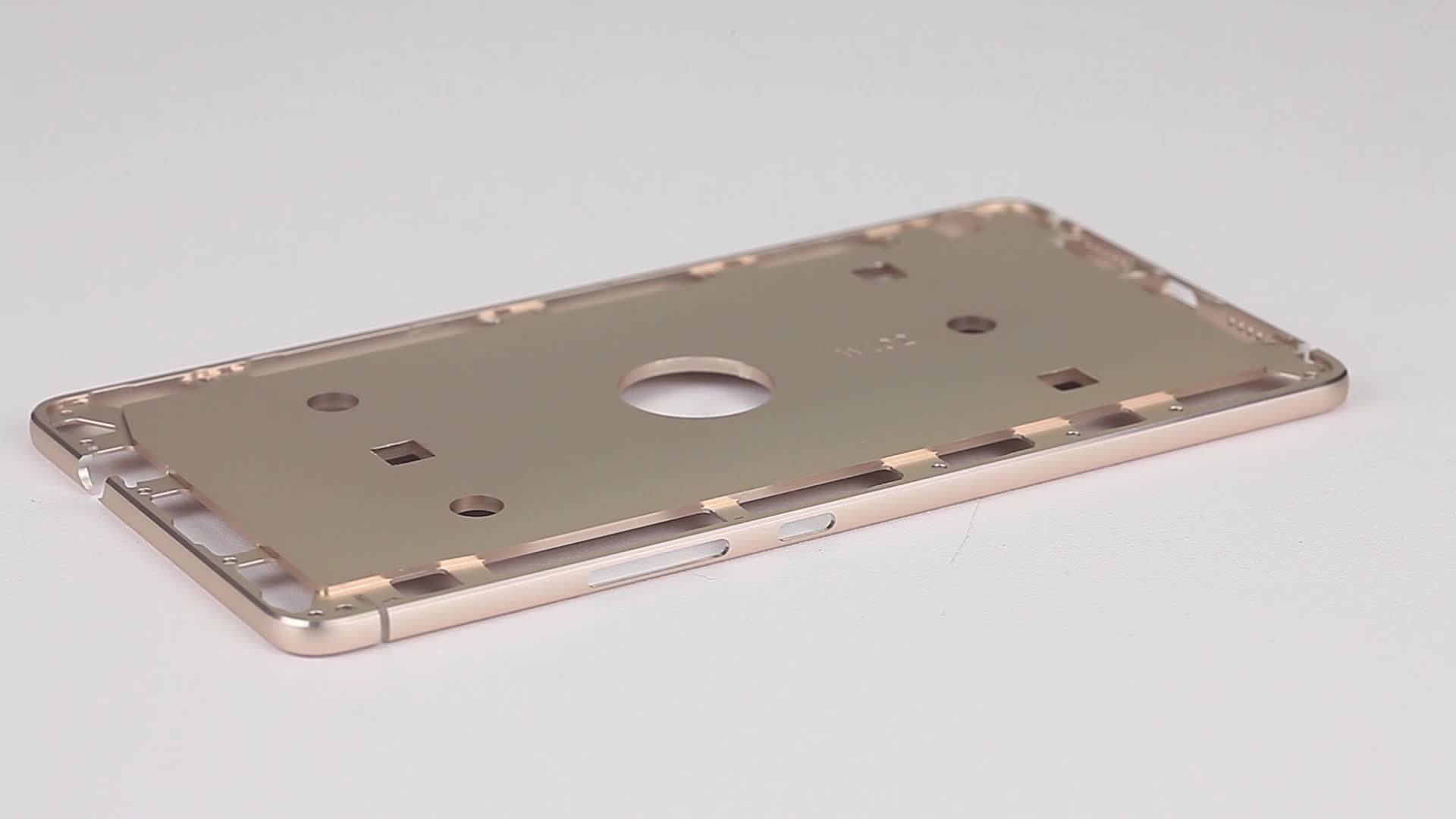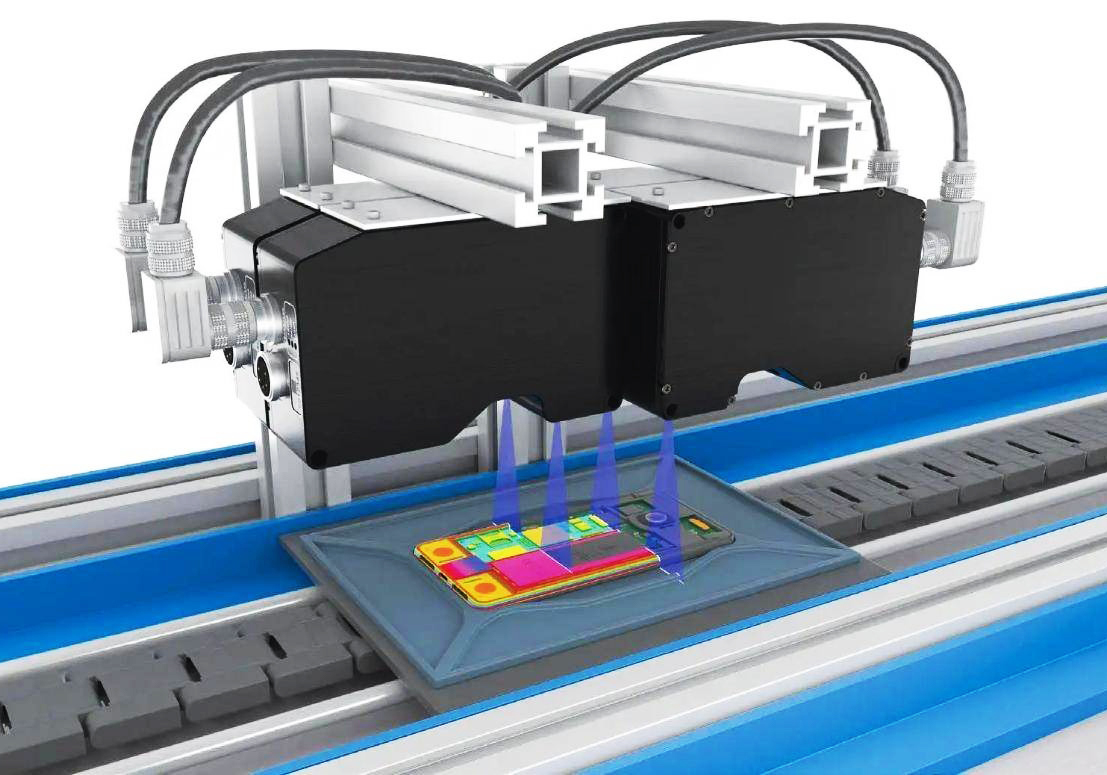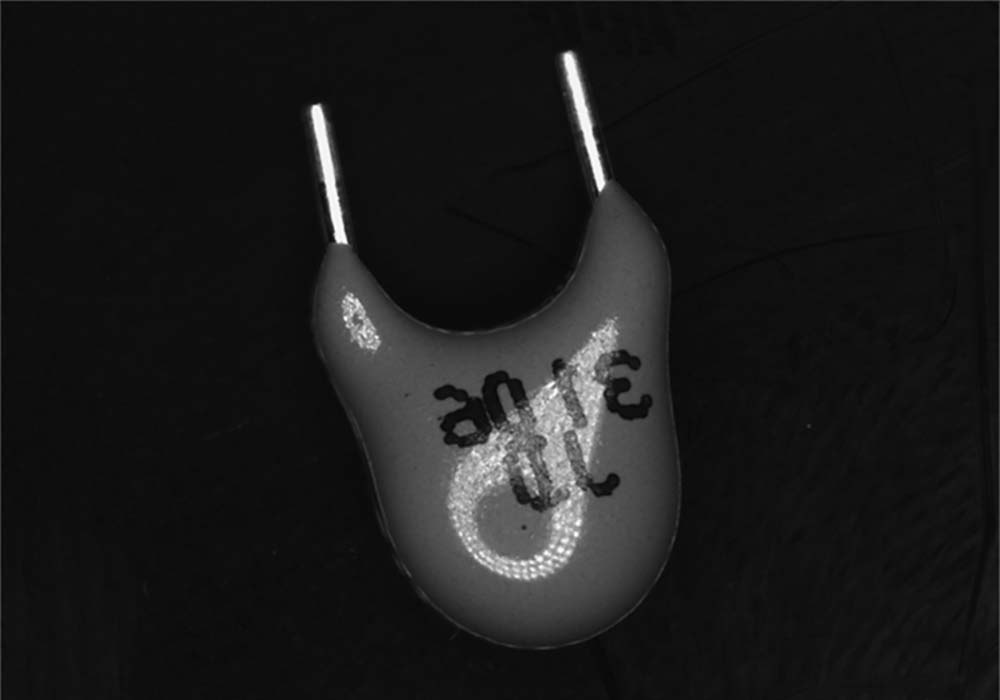
Medical and pharmaceutical precision inspection machine
In the highly regulated world of medical and pharmaceutical manufacturing, product quality and safety are of the utmost importance. With stringent industry standards, complex production processes, and the potential for serious consequences from defective products, manufacturers in these sectors face unique quality assurance challenges that require the most reliable and sophisticated inspection capabilities.
Intsoft Tech has developed a pioneering suite of machine vision inspection systems specifically engineered to meet the rigorous requirements of the medical and pharmaceutical industries. By harnessing the power of advanced computer vision and deep learning algorithms, our inspection solutions deliver unparalleled accuracy, flexibility and reliability – empowering manufacturers to maintain the highest quality standards, minimize product recalls, and maximize production efficiency.
Sophisticated image processing for uncompromising defect detection
At the core of Intsoft Tech’s pharmaceutical and medical device inspection systems are our custom-developed, state-of-the-art image processing algorithms. Leveraging the latest advances in computer vision, our software uses a range of advanced techniques to detect even the most subtle defects, irregularities and anomalies with unmatched precision.
From identifying particle contamination in injectable drug vials and verifying the correct label and seal on drug packaging, to inspecting the surface integrity of critical medical device components, our vision AI solutions analyze high-resolution images with superhuman attention to detail. Integrating seamlessly with a variety of high-speed industrial cameras and lighting systems, our inspection machines are capable of detecting defects as small as 10 microns in size.
But it’s not just about raw detection capability – Intsoft Tech’s image processing algorithms are also designed for exceptional reliability and consistency. Our advanced pattern matching, optical character recognition (OCR), and geometric inspection capabilities ensure that our vision systems can accurately identify and classify a wide range of product features and defects, even in the face of variations in product design, orientation, and lighting conditions.
This unparalleled inspection performance is achieved through the combination of powerful computer vision techniques and the latest advances in deep learning. Our inspection software incorporates pre-trained neural network models that have been fine-tuned on extensive datasets of pharmaceutical and medical products, equipping our systems with human-like discernment and the ability to adapt to new inspection challenges.
Seamless integration for optimized production workflows
While industry-leading image processing is the foundation of Intsoft Tech’s vision inspection solutions, we understand that true value is only unlocked when these advanced capabilities are seamlessly integrated into your production workflows. That’s why our systems are engineered for effortless connectivity and interoperability with a wide range of industrial control systems, robotic platforms, and enterprise software.
Whether your production line is fully automated or features a mix of manual and robotic processes, our machine vision inspection systems can be easily integrated to provide real-time, 100% in-line quality control. Our solutions easily integrate with programmable logic controllers (PLCs), SCADA systems, and other industrial automation technologies to facilitate seamless data exchange, centralized monitoring, and automated decision-making.
For manufacturers looking to enhance quality assurance in their packaging and labeling operations, Intsoft Tech’s vision inspection systems can be tightly integrated with packaging and label printing equipment. This not only ensures the correct application of labels, barcodes, and other critical product information, but also enables the automatic rejection of non-compliant units, minimizing the risk of product releases with incorrect or missing packaging elements.








